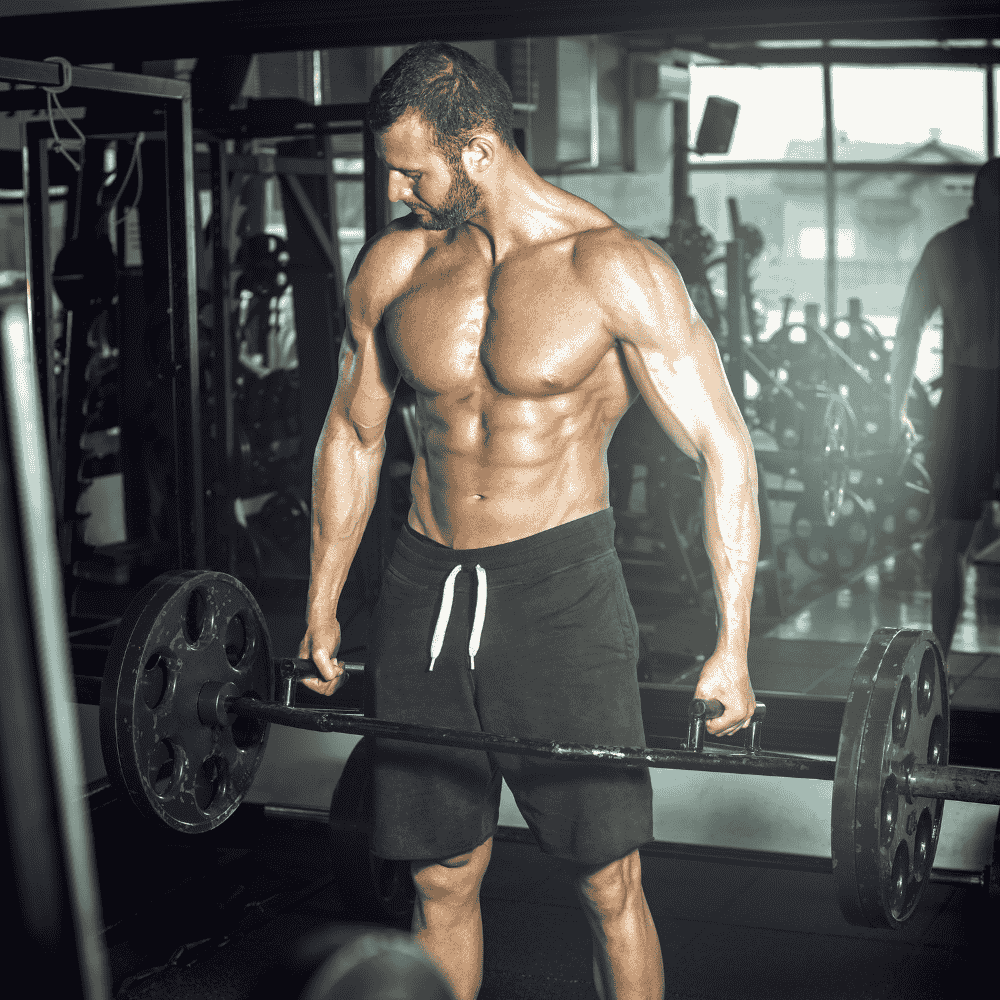When it comes to weightlifting and strength training, choosing the right type of weight plates is essential for maximizing performance, safety, and durability.
Bumper plates and standard weight plates serve similar purposes, but they differ in material, design, and application.
Whether you're an Olympic lifter, CrossFit athlete, or strength training enthusiast, understanding these differences will help you make the best choice for your training needs.

Bumper Plates: Designed for High-Impact Lifting
Material and Design
Bumper plates are primarily made from dense rubber or urethane, with a steel or brass hub for reinforcement.
A key feature of bumper plates is their uniform diameter, regardless of weight—typically 450mm (17.7 inches), the standard for Olympic lifting.
This consistent size ensures the barbell maintains the same starting height, whether you're lifting 10kg or 25kg plates.
Ideal Usage
Bumper plates are specifically designed for:
✔️ Olympic weightlifting movements like the snatch and clean & jerk.
✔️ CrossFit workouts, where weights are often dropped from overhead.
✔️ High-impact training environments requiring floor protection and noise reduction.
Durability
One of the standout features of bumper plates is their shock absorption. They are built to:
✔️ Withstand repeated drops without cracking or breaking.
✔️ Protect the lifting surface and reduce damage to flooring.
✔️ Last longer compared to metal plates, especially in high-use settings.
Cost Considerations
Bumper plates tend to be more expensive than standard plates due to their construction and durability.
However, they are a worthwhile investment if you need:
✔️ A plate that can handle repeated drops.
✔️ A quieter lifting experience, especially in home gyms or shared spaces.
Standard Weight Plates: A Versatile Strength Training Option
Material and Design
Standard weight plates are typically made from:
✔️ Cast iron, steel, or a combination of metal with rubber coating.
✔️ Varying diameters and thicknesses depending on weight.
✔️ A central hole sized for standard (1-inch) or Olympic (2-inch) bars.
Unlike bumper plates, the diameter of standard weight plates increases with weight, meaning a 5kg plate is significantly smaller than a 20kg plate.
Ideal Usage
Standard weight plates are best suited for:
✔️ Traditional strength training, including bench presses, squats, and deadlifts.
✔️ Machines and racks that require different plate sizes.
✔️ Home and commercial gym settings, where weights are not typically dropped from overhead.
Durability
Standard plates are highly durable but:
✔️ Cast iron plates can rust if not coated or maintained properly.
✔️ Rubber-coated plates offer some protection, but not as much as bumper plates.
✔️ Dropping metal plates can damage floors and the plates themselves.
Cost Considerations
Standard weight plates are generally:
✔️ More affordable than bumper plates, making them a budget-friendly option.
✔️ Available in a wider range of prices, from basic budget options to high-end calibrated competition plates.
Key Differences Between Bumper Plates and Standard Weight Plates
Feature Bumper Plates Standard Weight Plates
| Material | Dense rubber with steel/brass hub | Cast iron, steel, or rubber-coated |
| Diameter | Uniform (typically 450mm for all weights) | Varies by weight (heavier plates are larger) |
| Designed For | Olympic lifts, CrossFit, high-impact drops | Traditional strength training, machines |
| Impact Resistance | Absorbs drops, protects floors | Can damage floors if dropped |
| Durability | Built for repeated drops, long-lasting | Can rust or chip over time |
| Price | More expensive | More affordable |
Choosing the Right Weight Plates for Your Needs
When to Choose Bumper Plates
✔️ If you practice Olympic weightlifting or CrossFit, where dropping weights is common.
✔️ If you want to protect your floor and reduce noise, especially in home gyms.
✔️ If you need a plate with a consistent diameter to maintain proper bar height.
When to Choose Standard Weight Plates
✔️ If your focus is traditional strength training (bench press, squats, deadlifts).
✔️ If you want a more affordable weight plate option.
✔️ If you use machines and racks that require different plate sizes.
Both bumper plates and standard weight plates serve important roles in strength training, but choosing the right type depends on your training style, budget, and gym setup.
At KEFL, we offer a wide range of weight plates, including high-quality bumper plates and durable standard plates to support your fitness journey.










